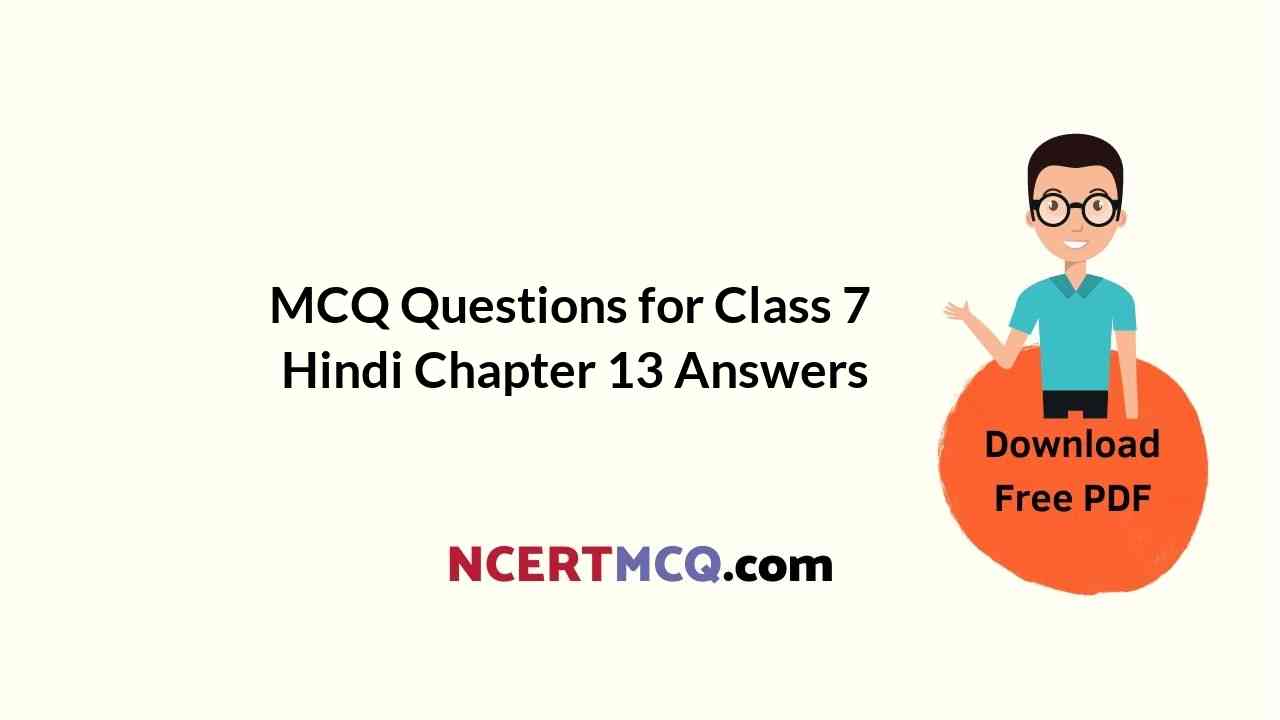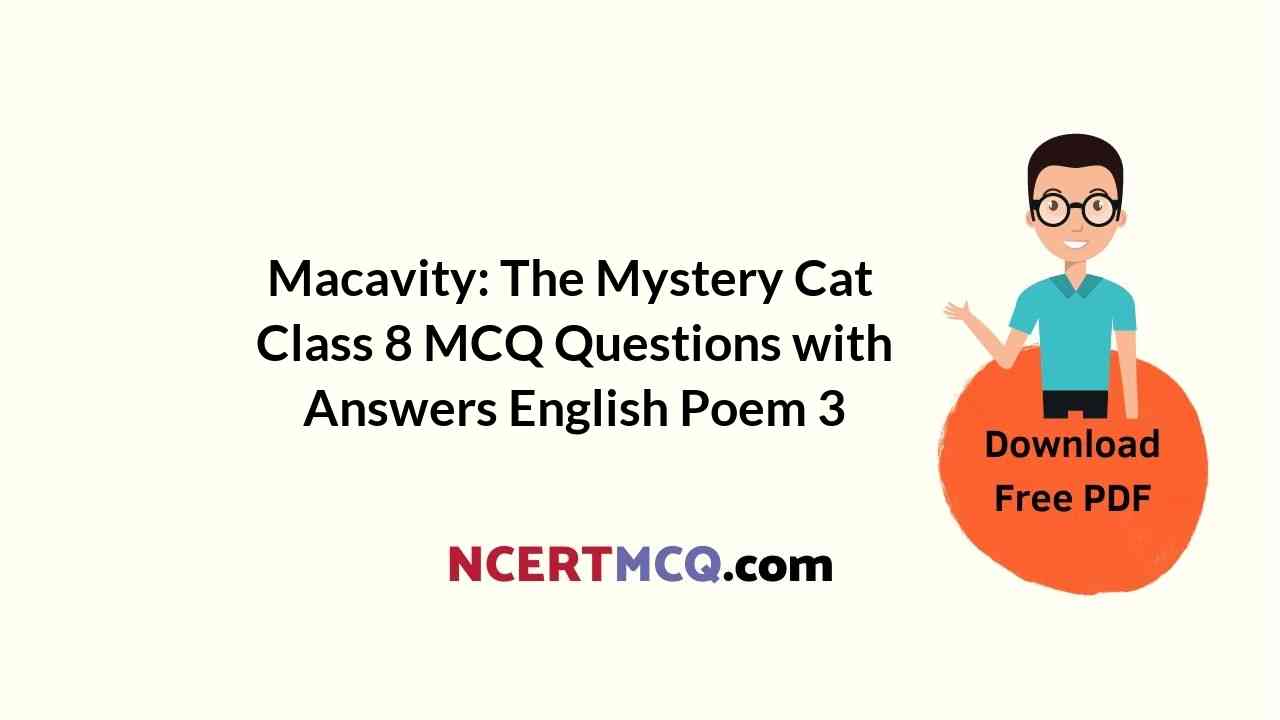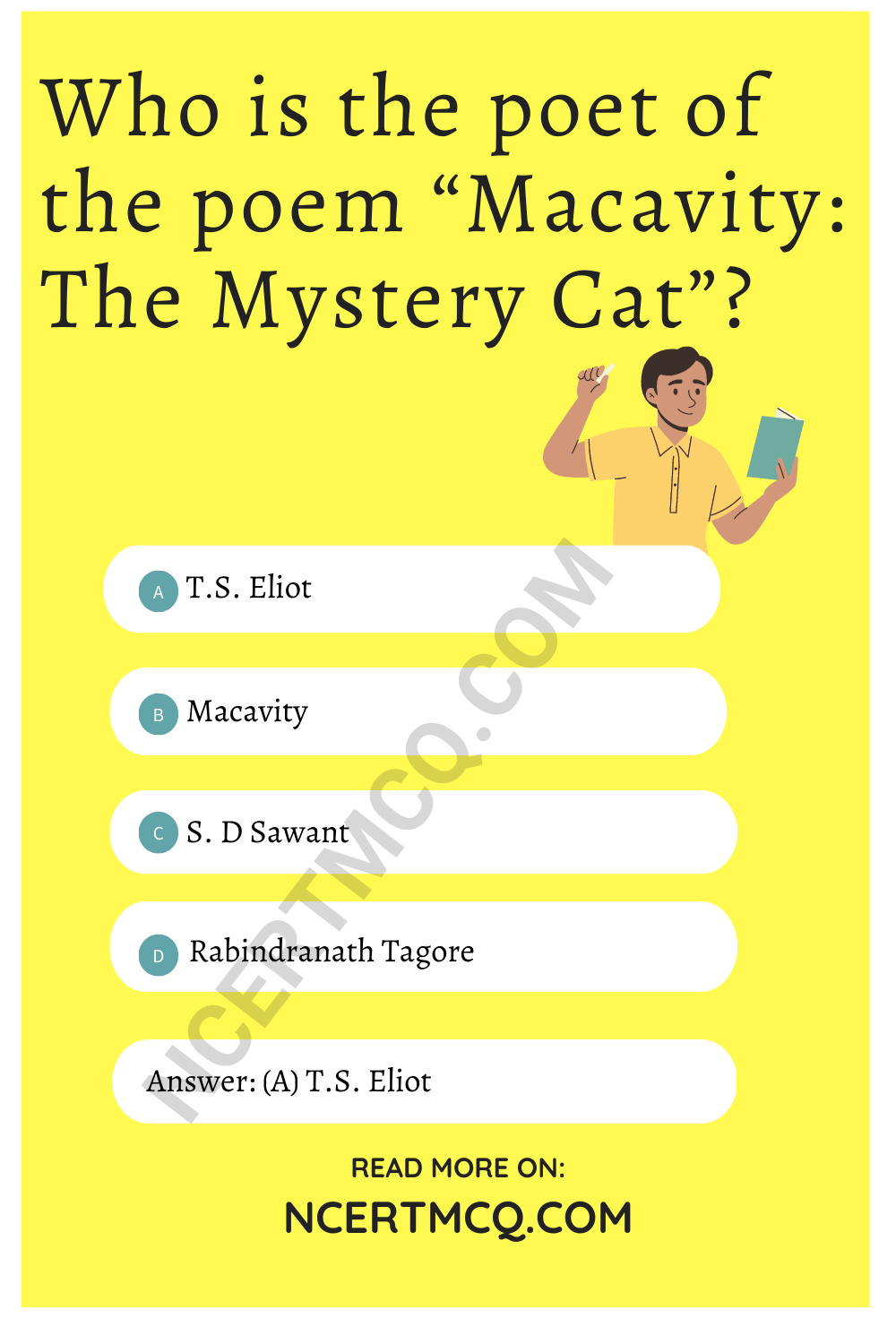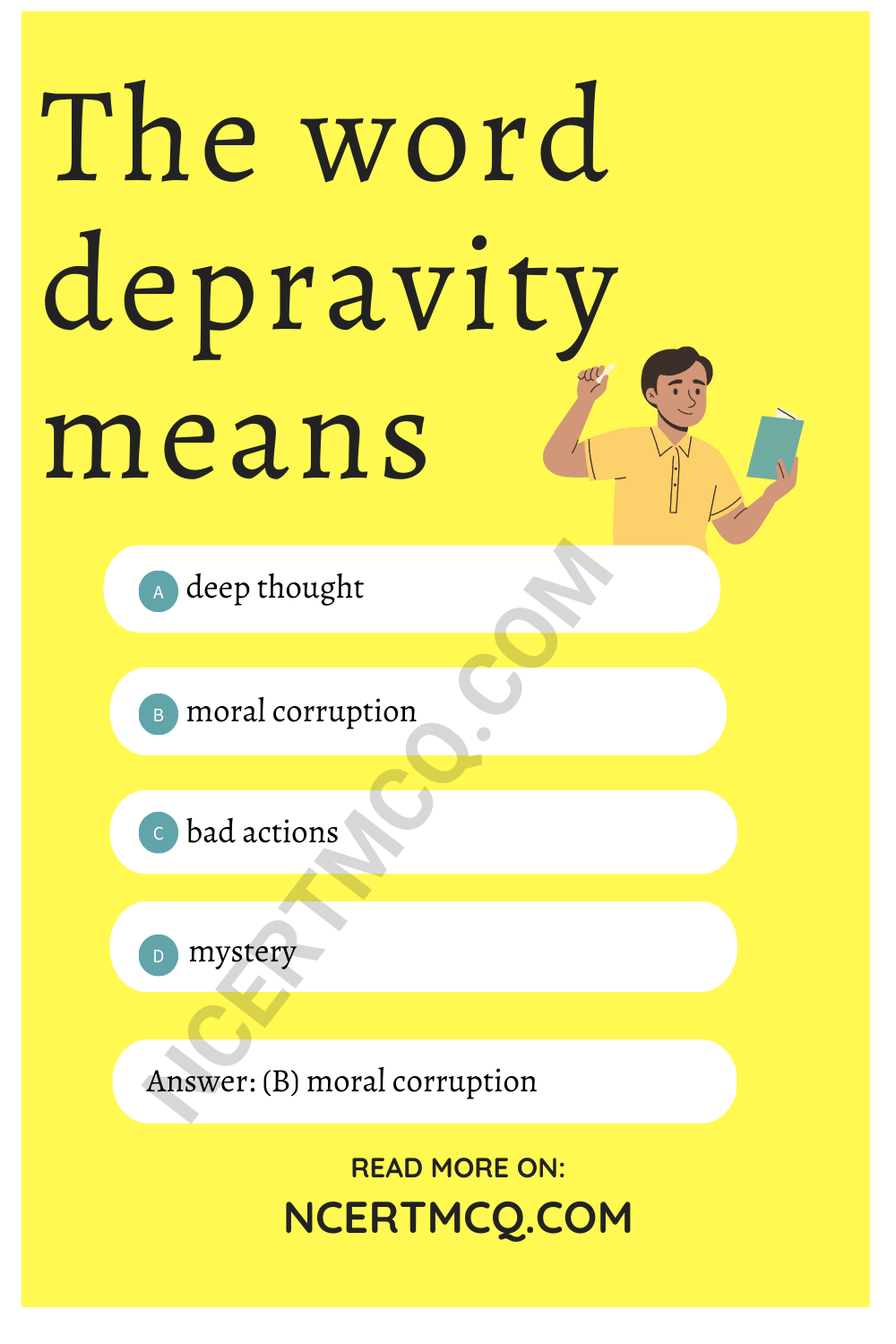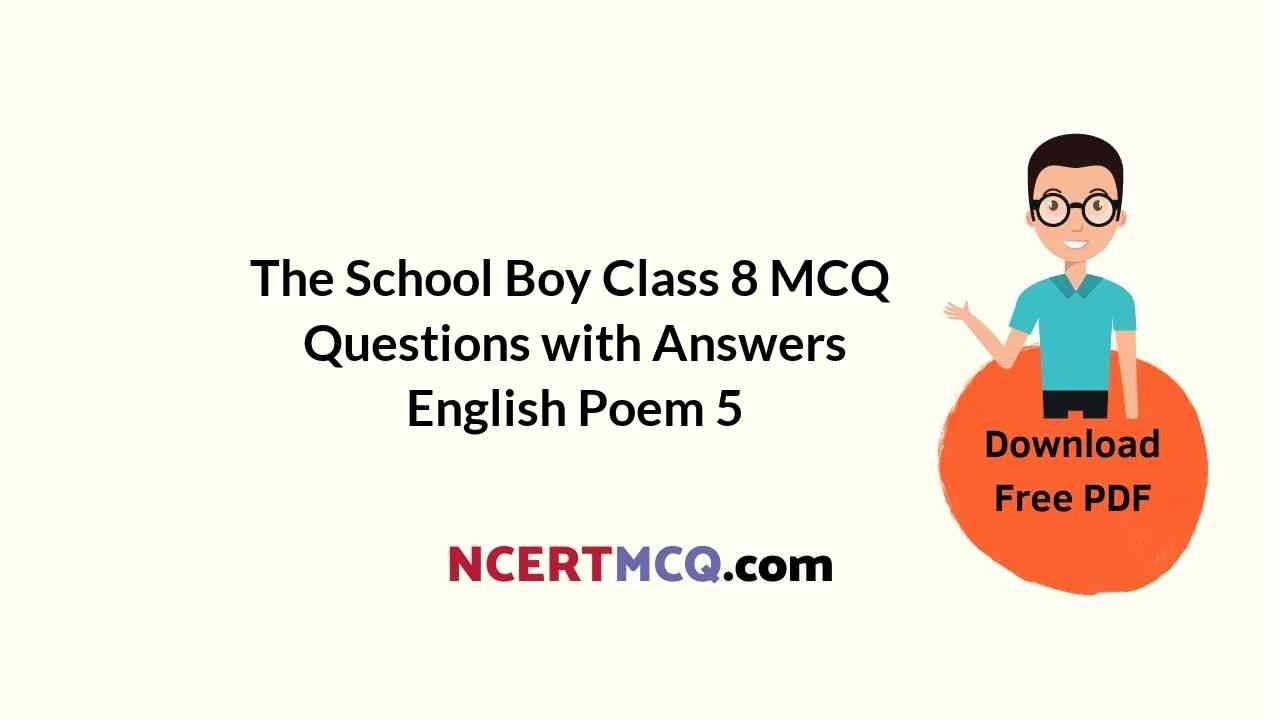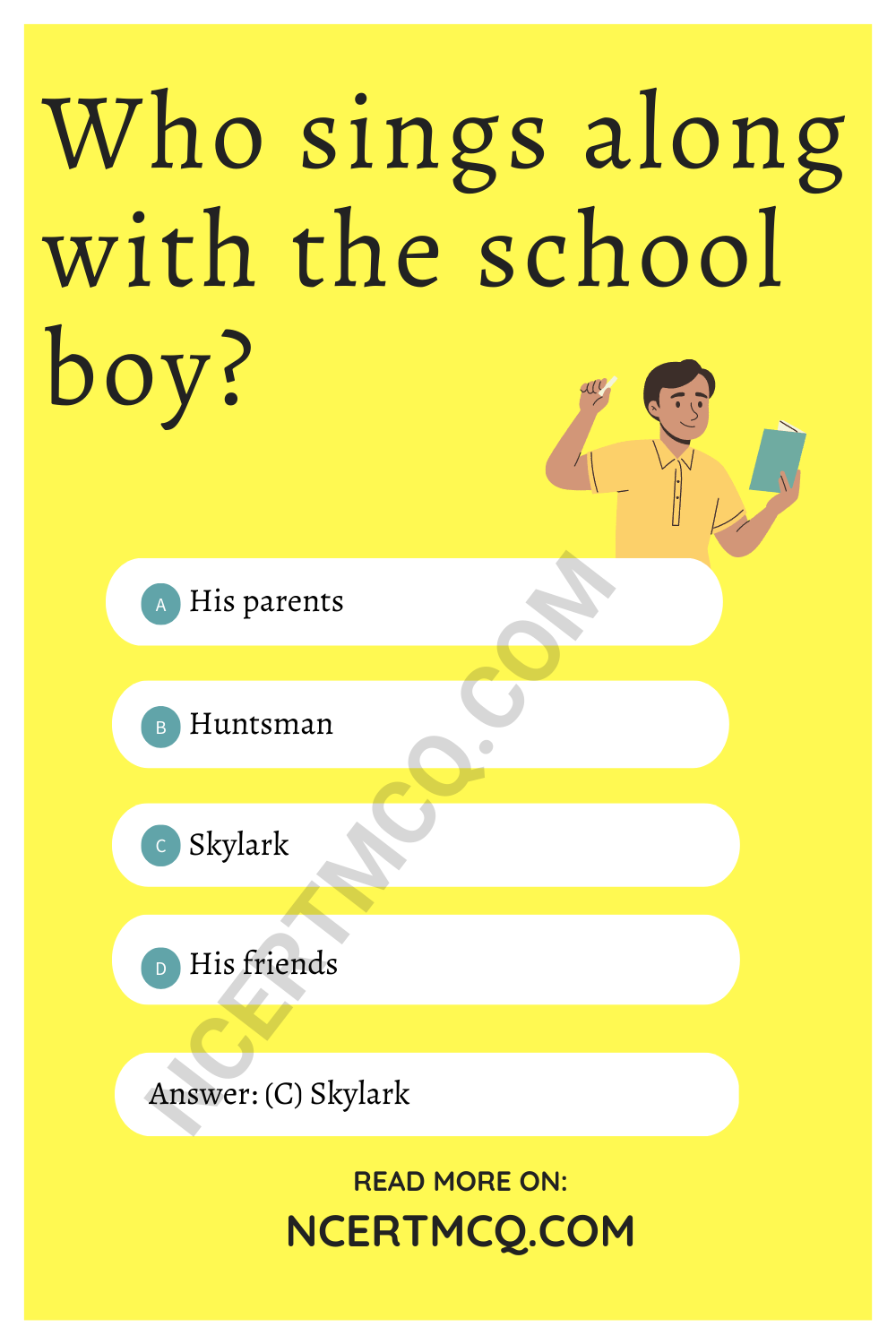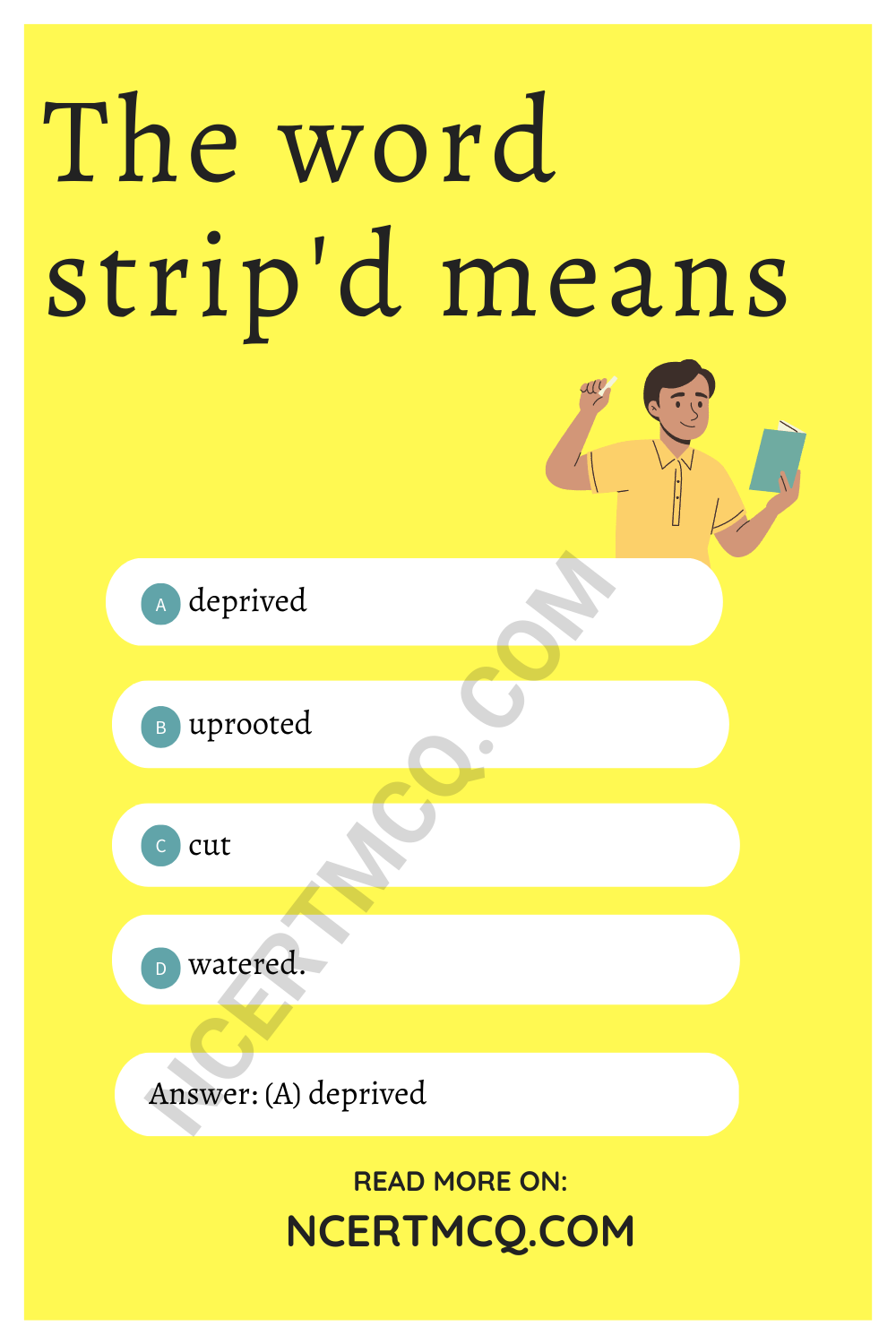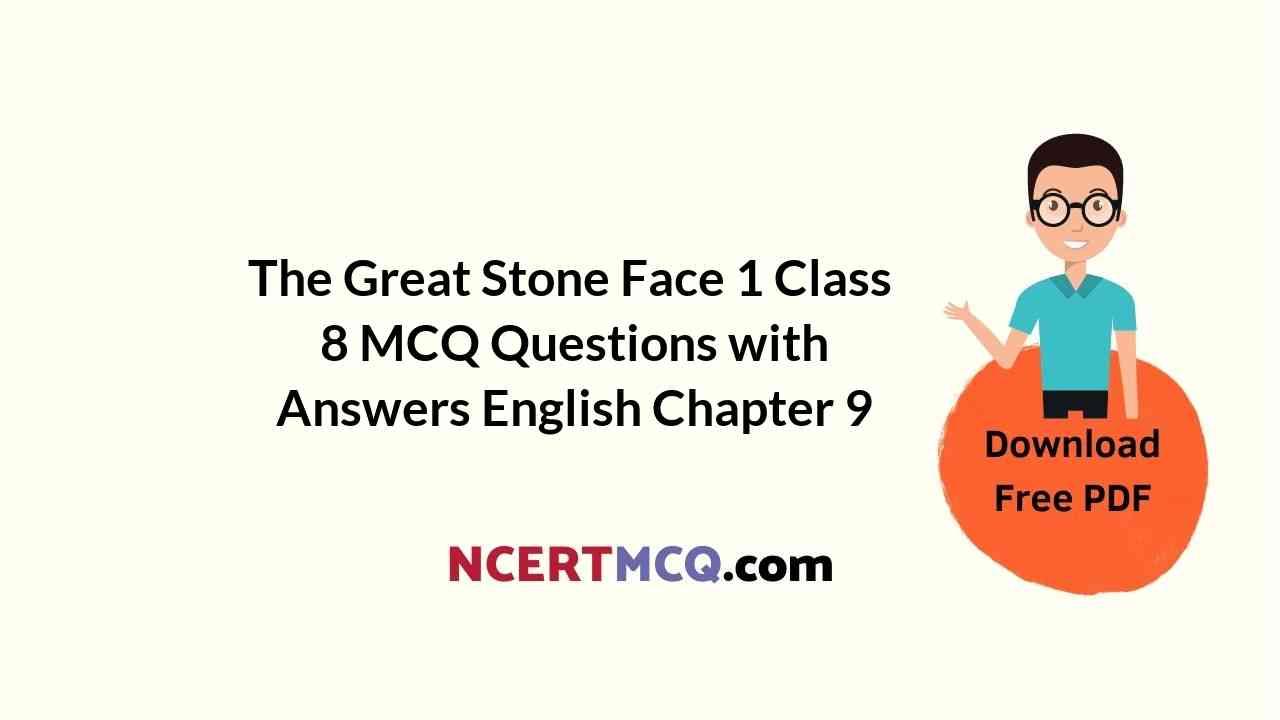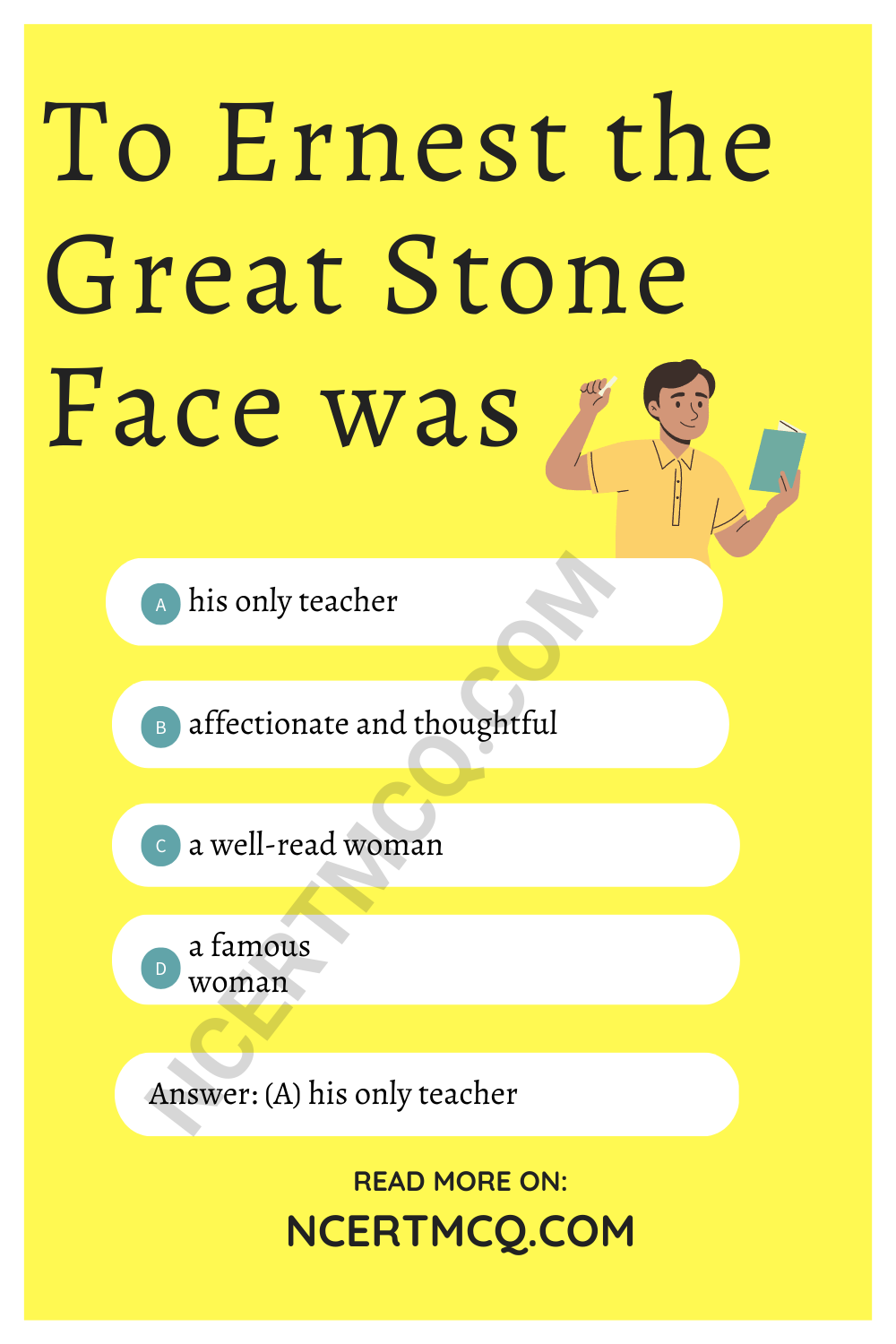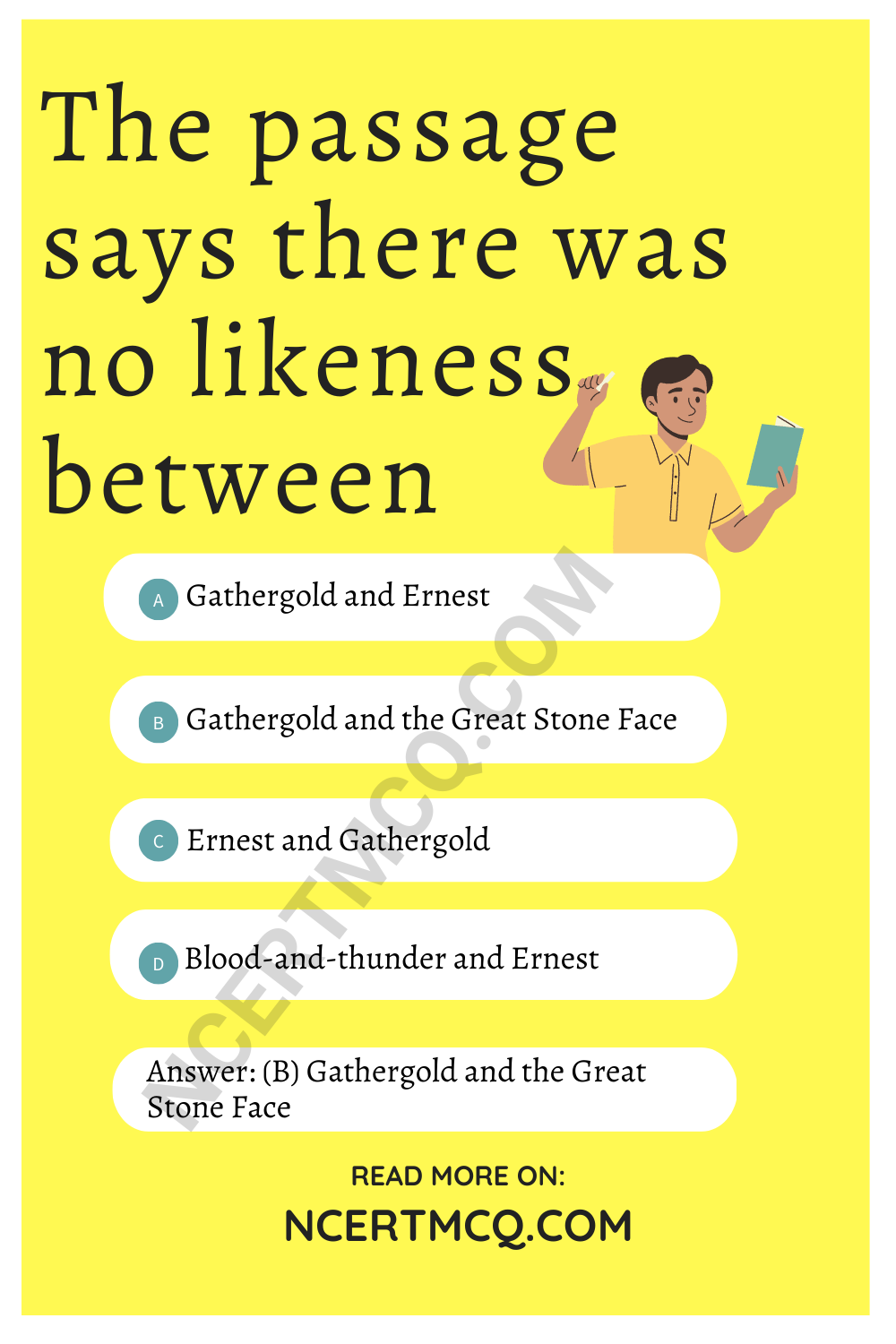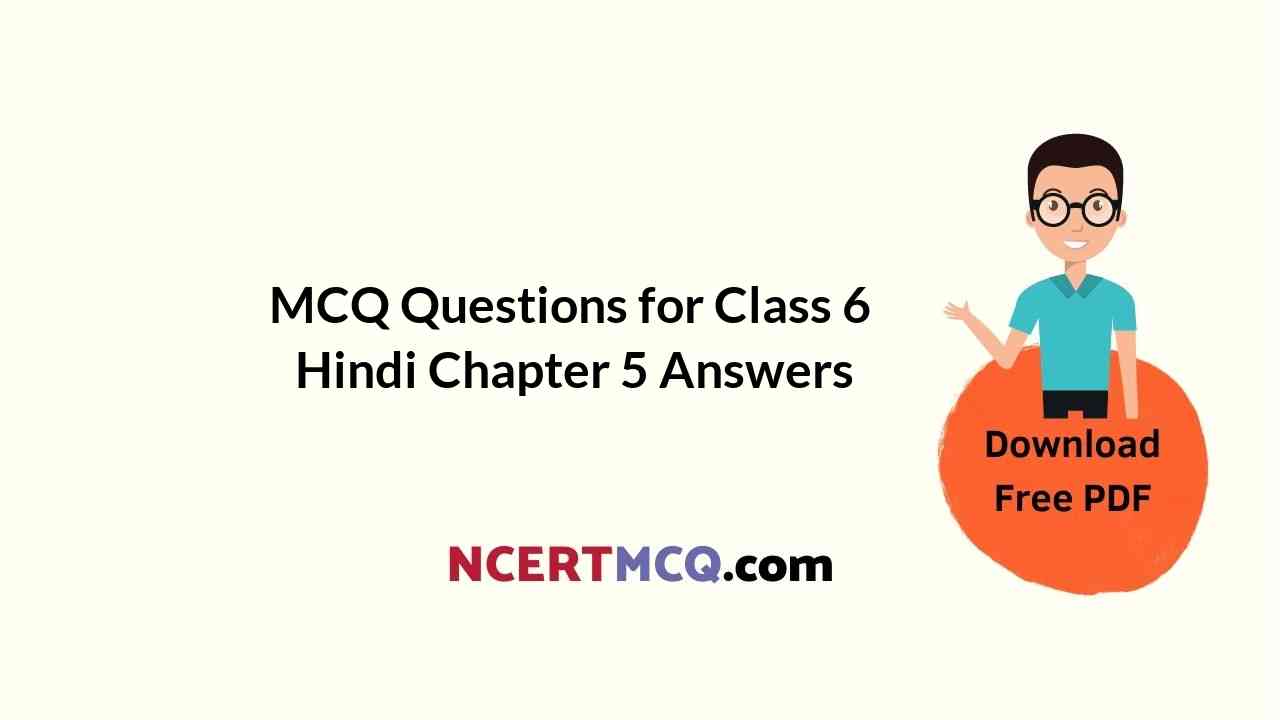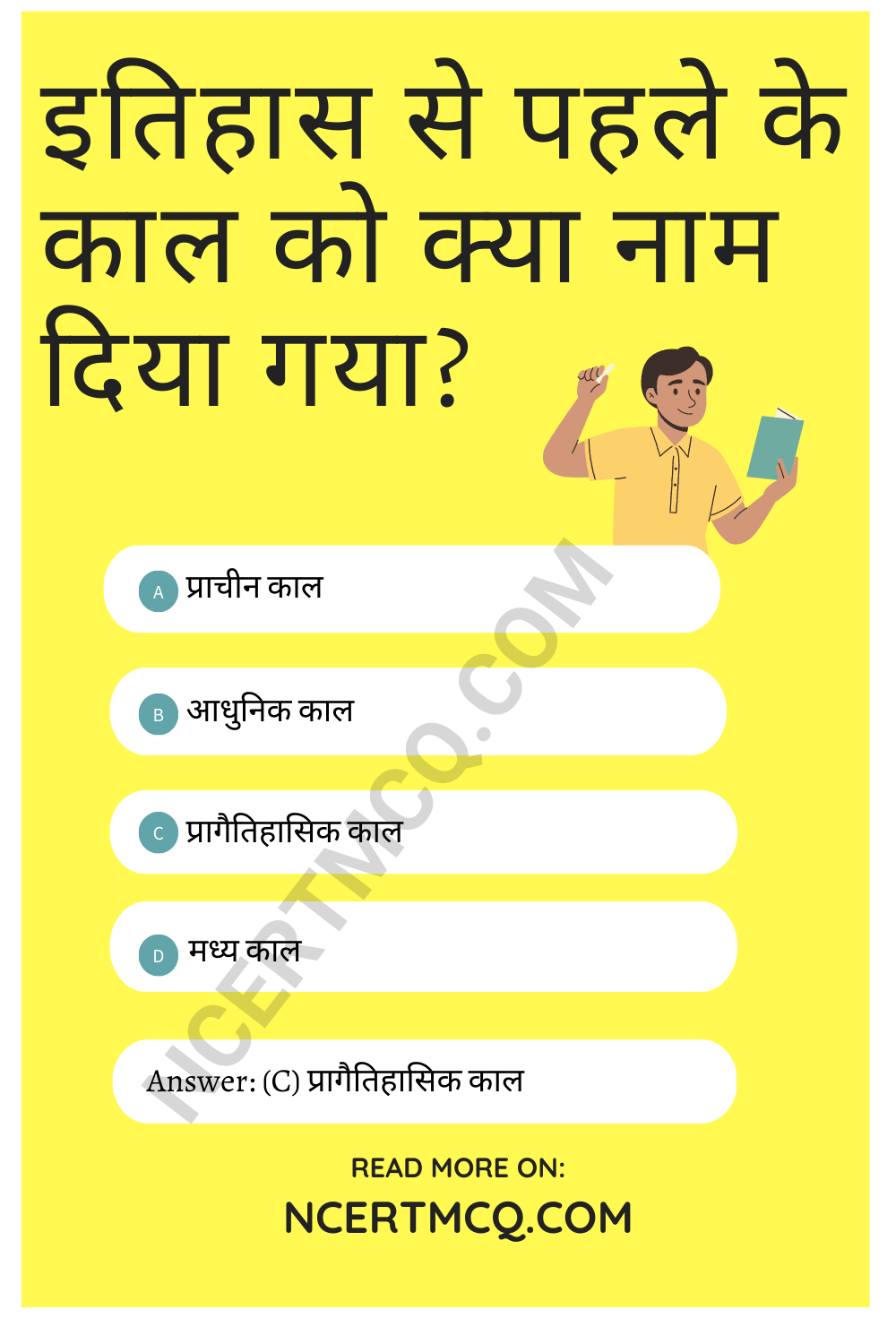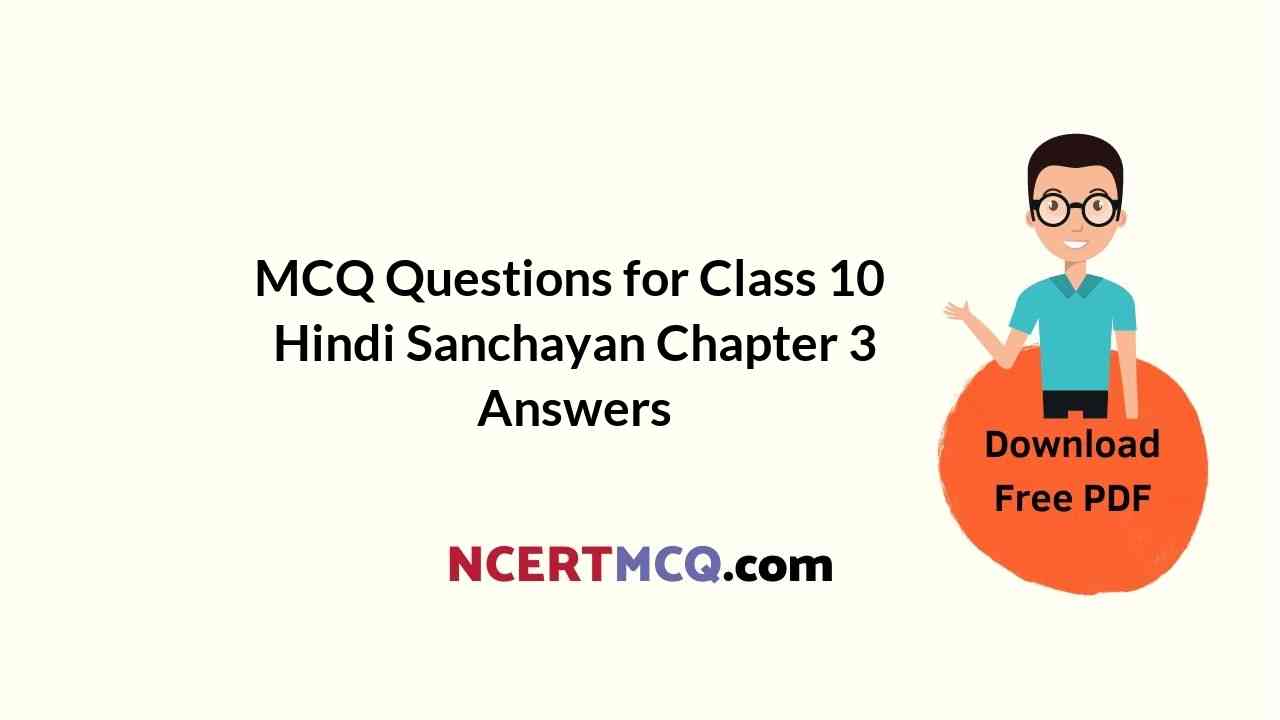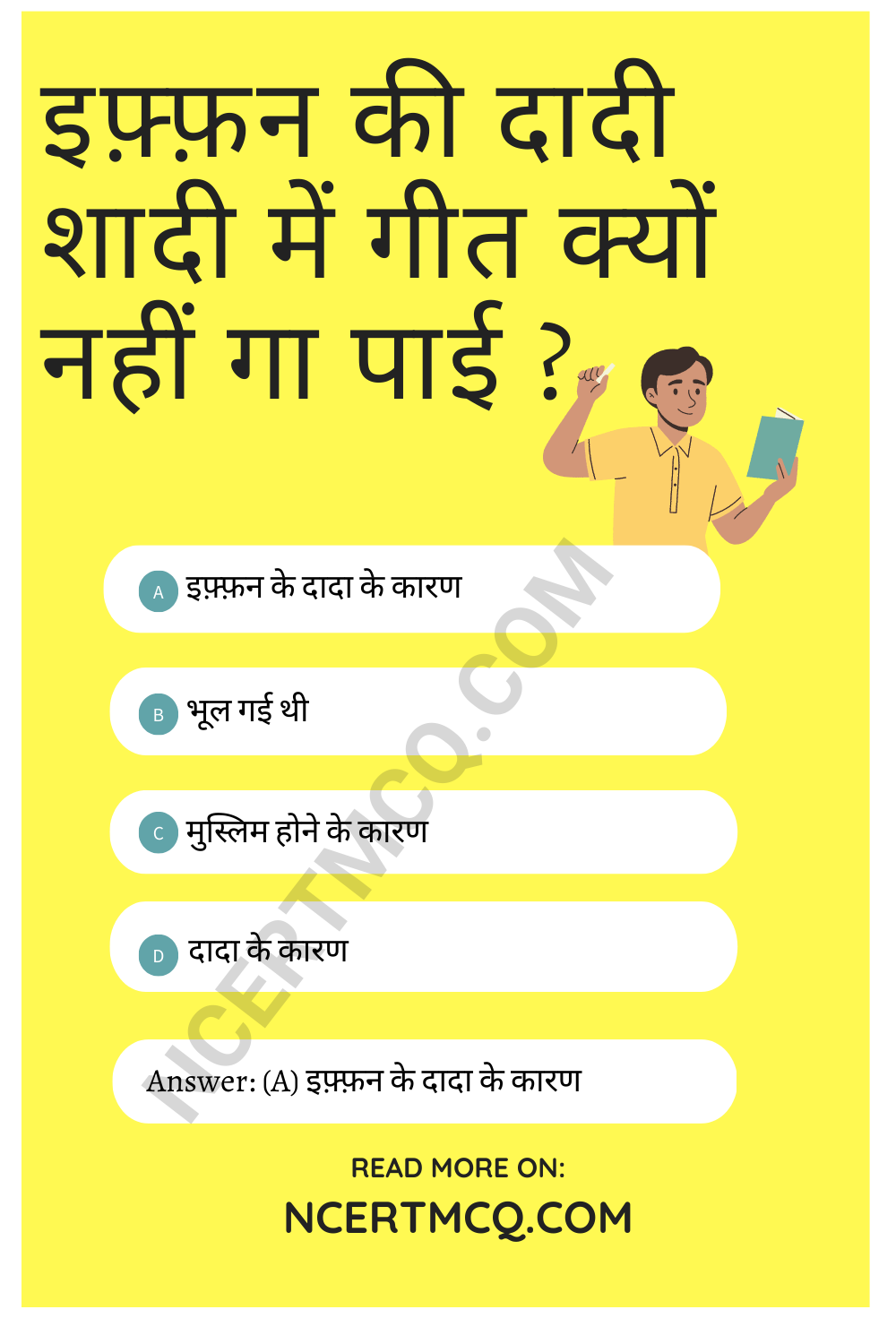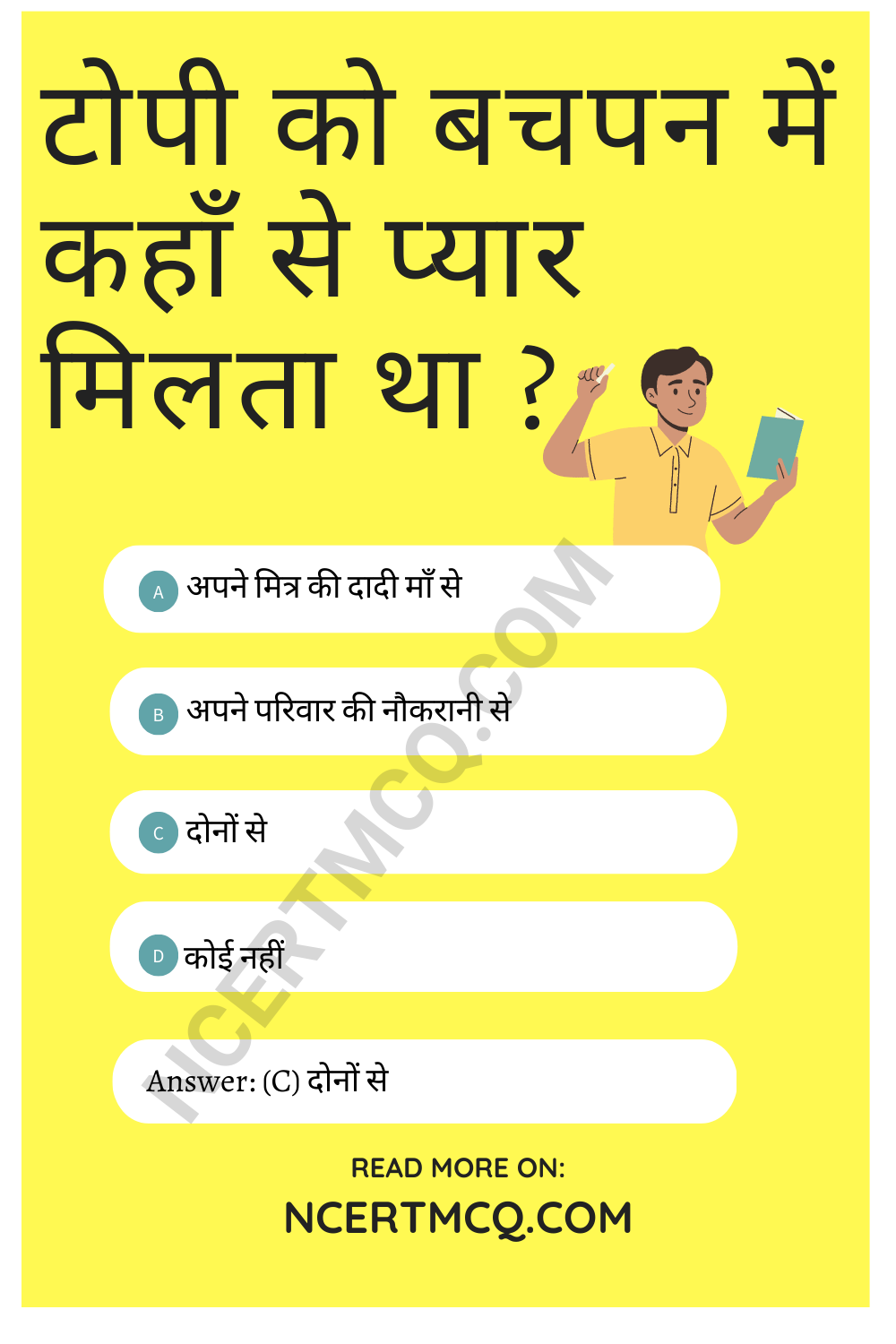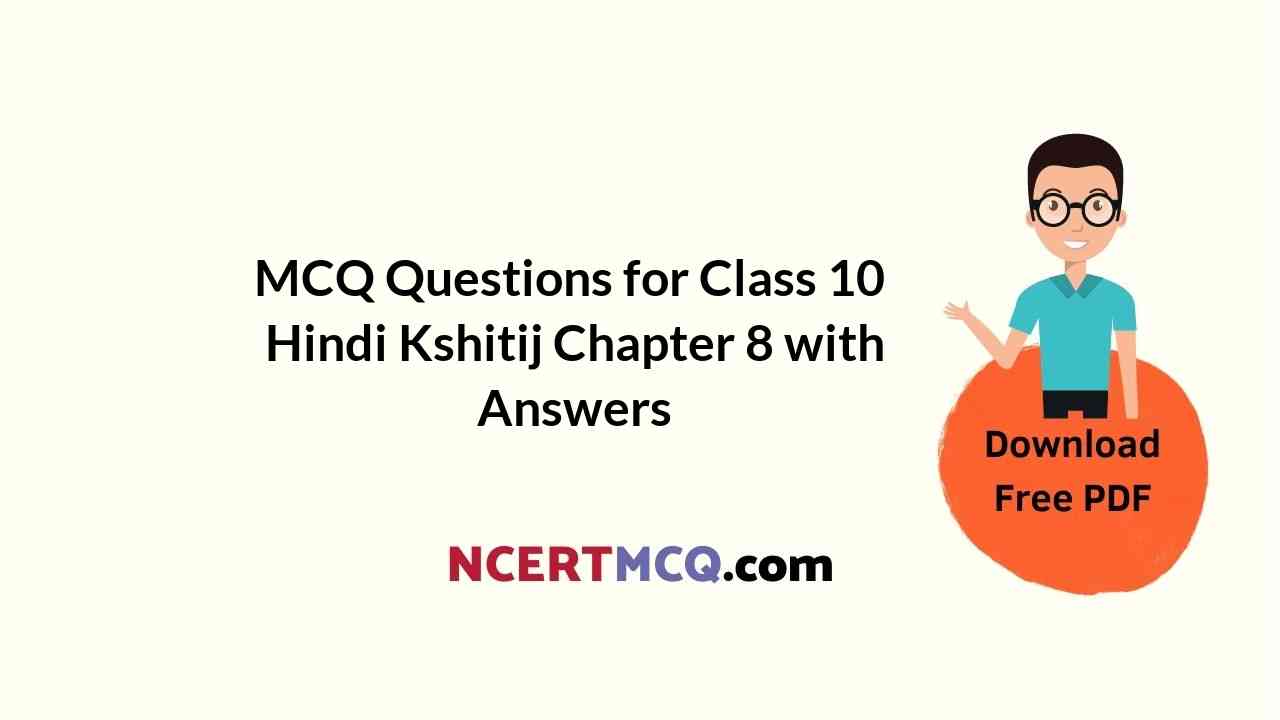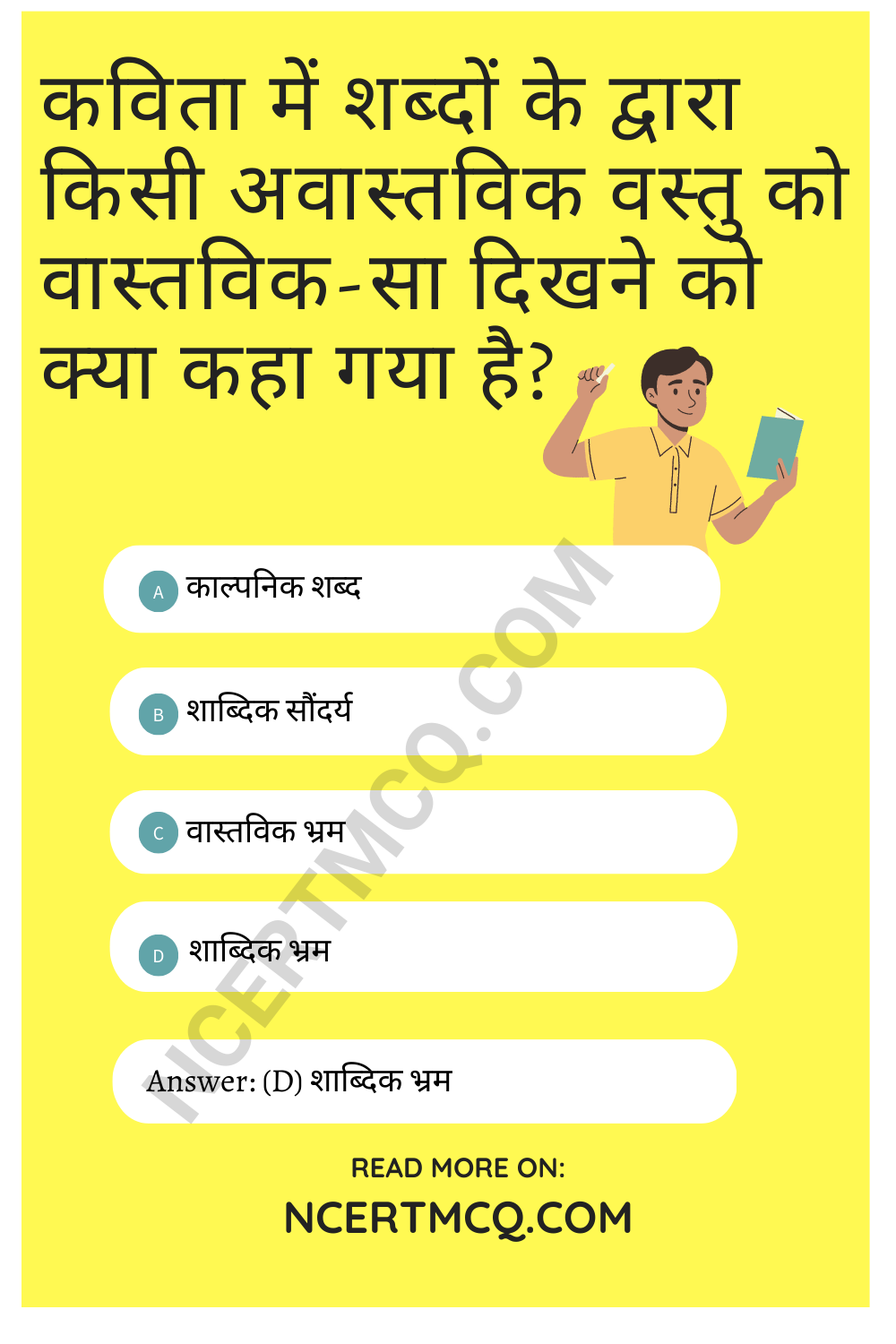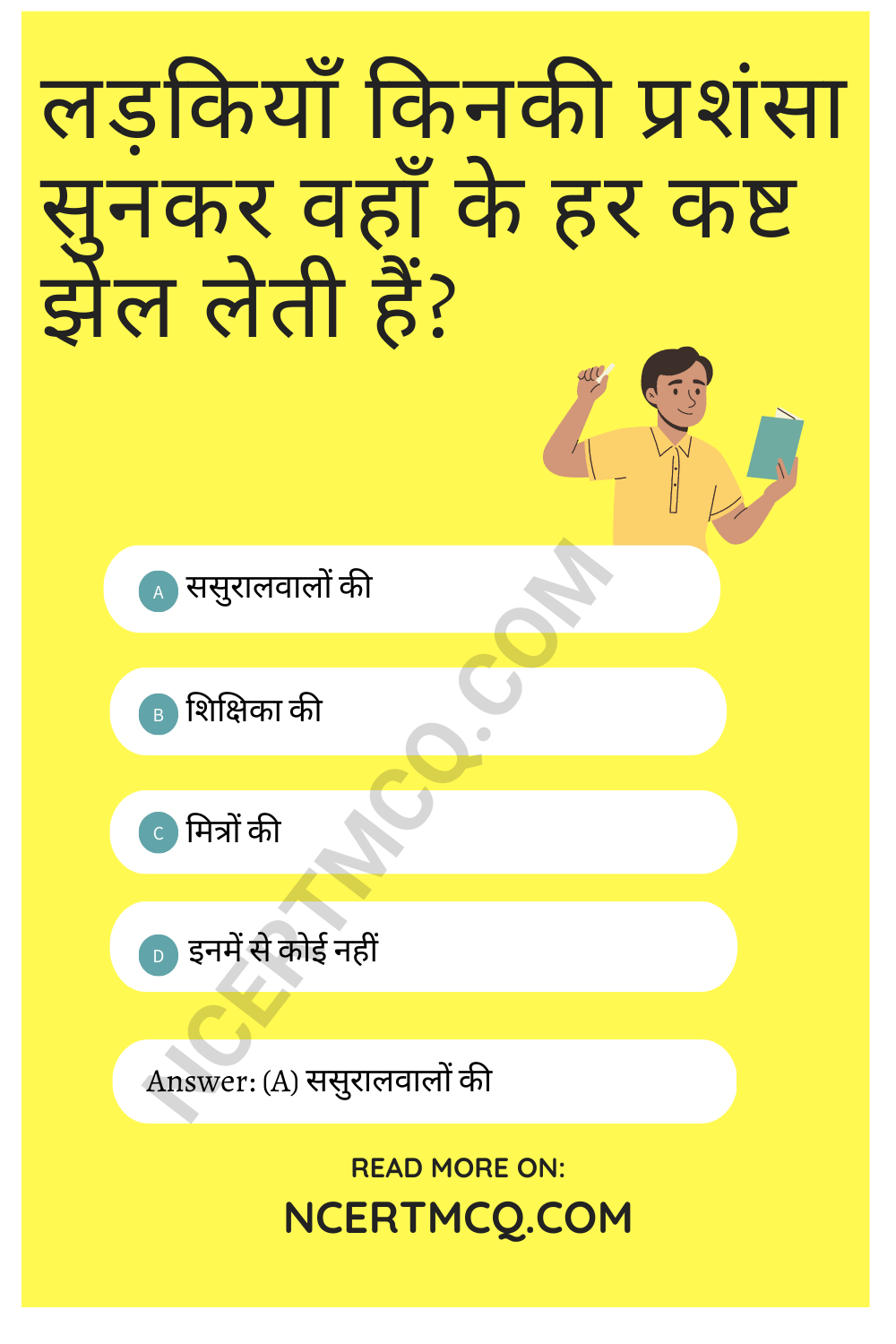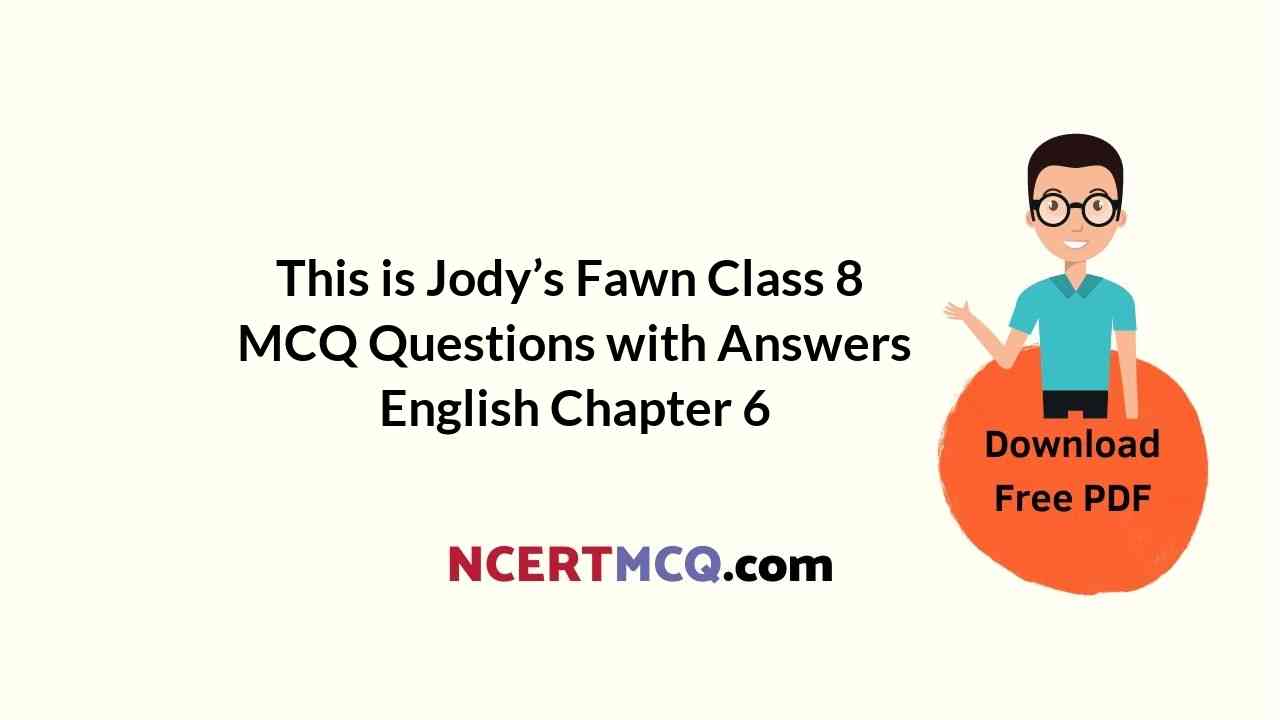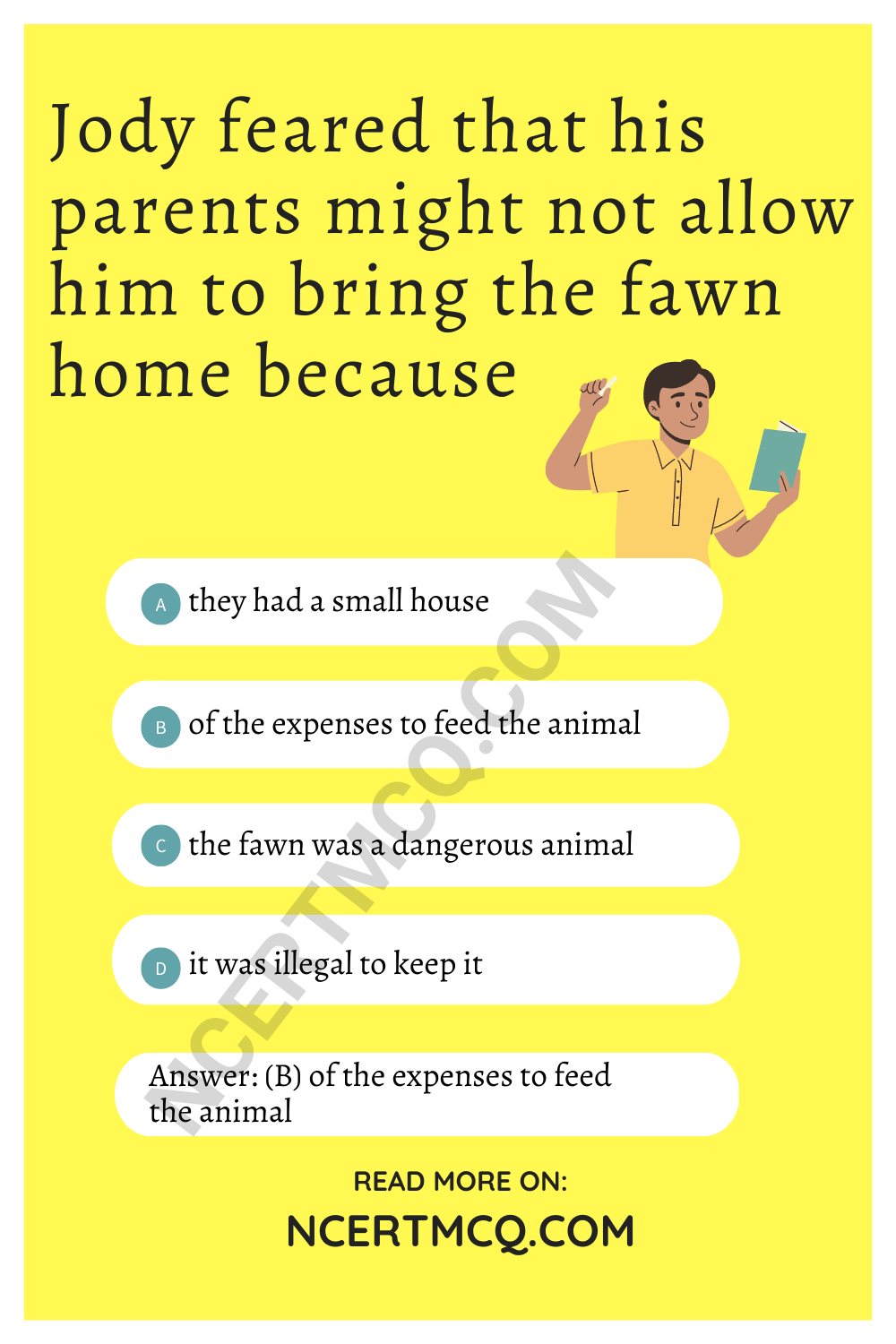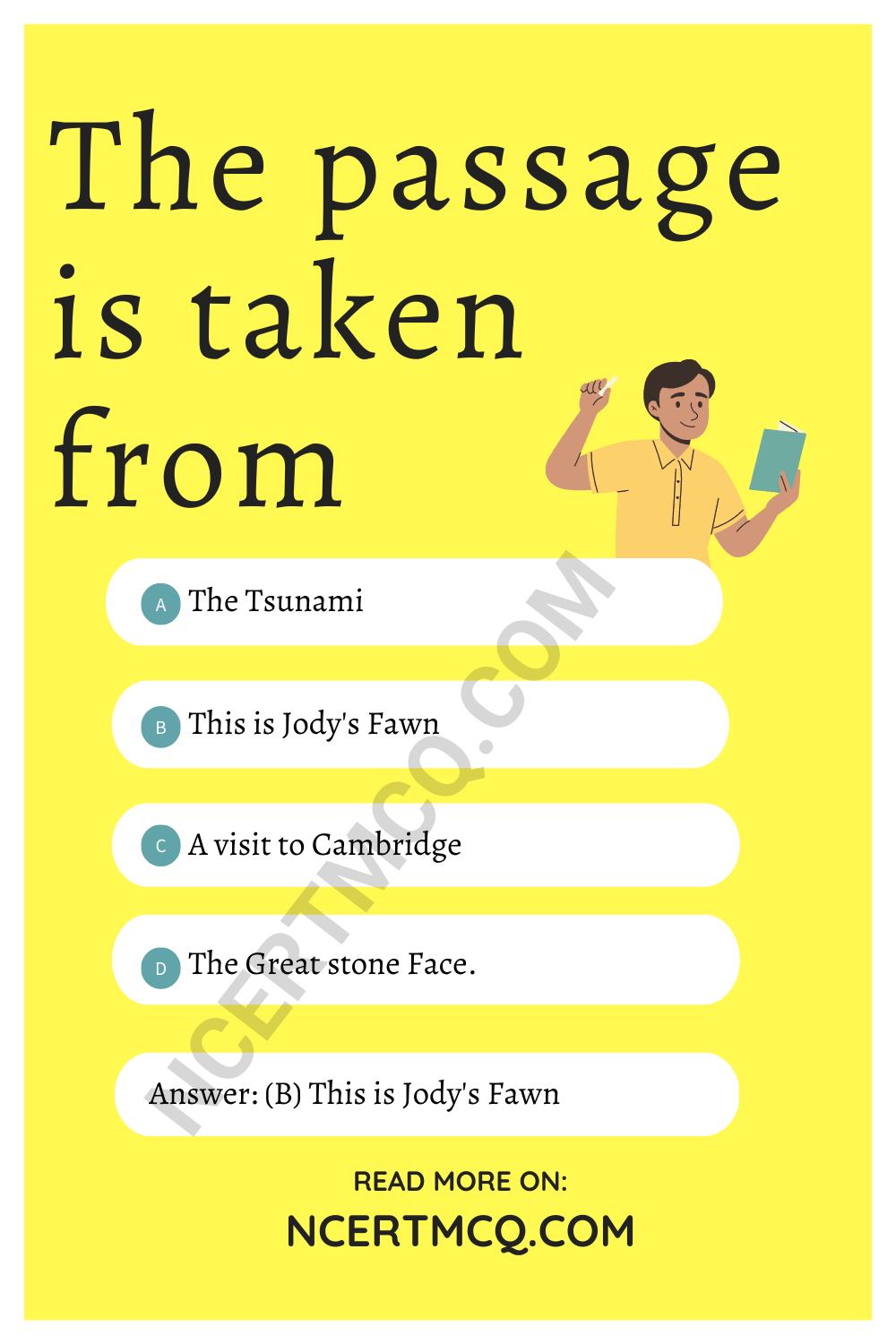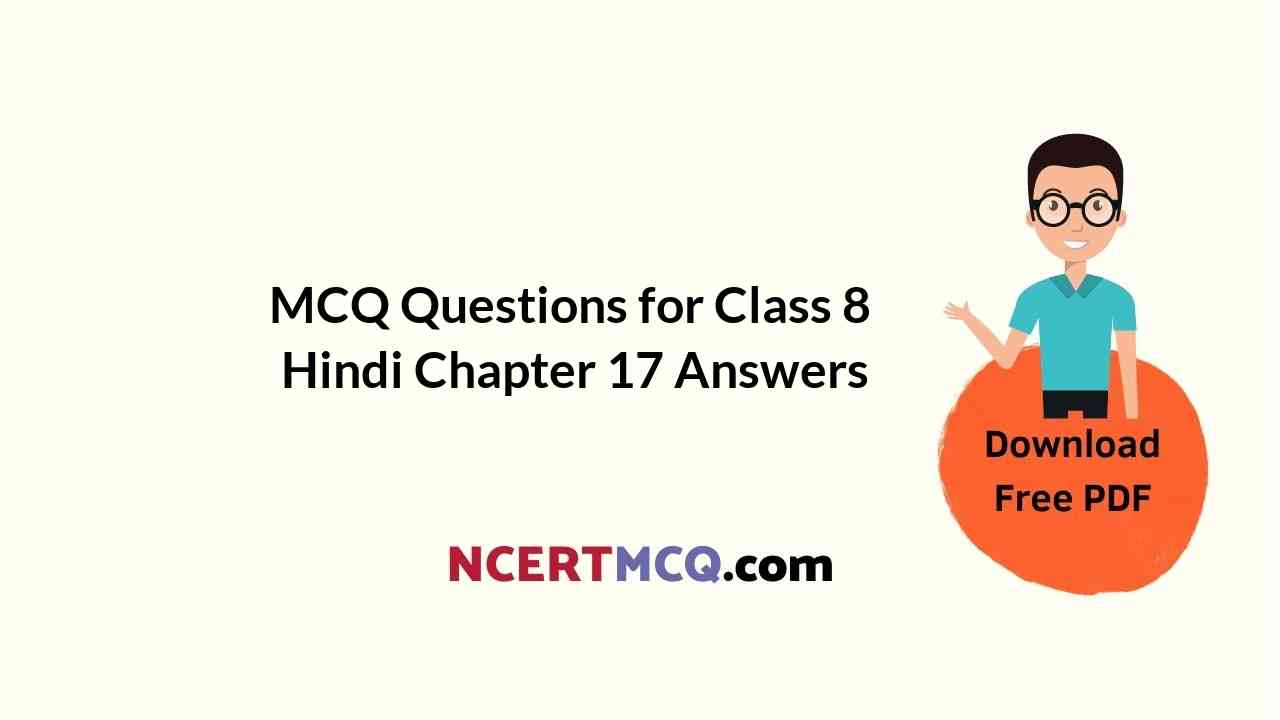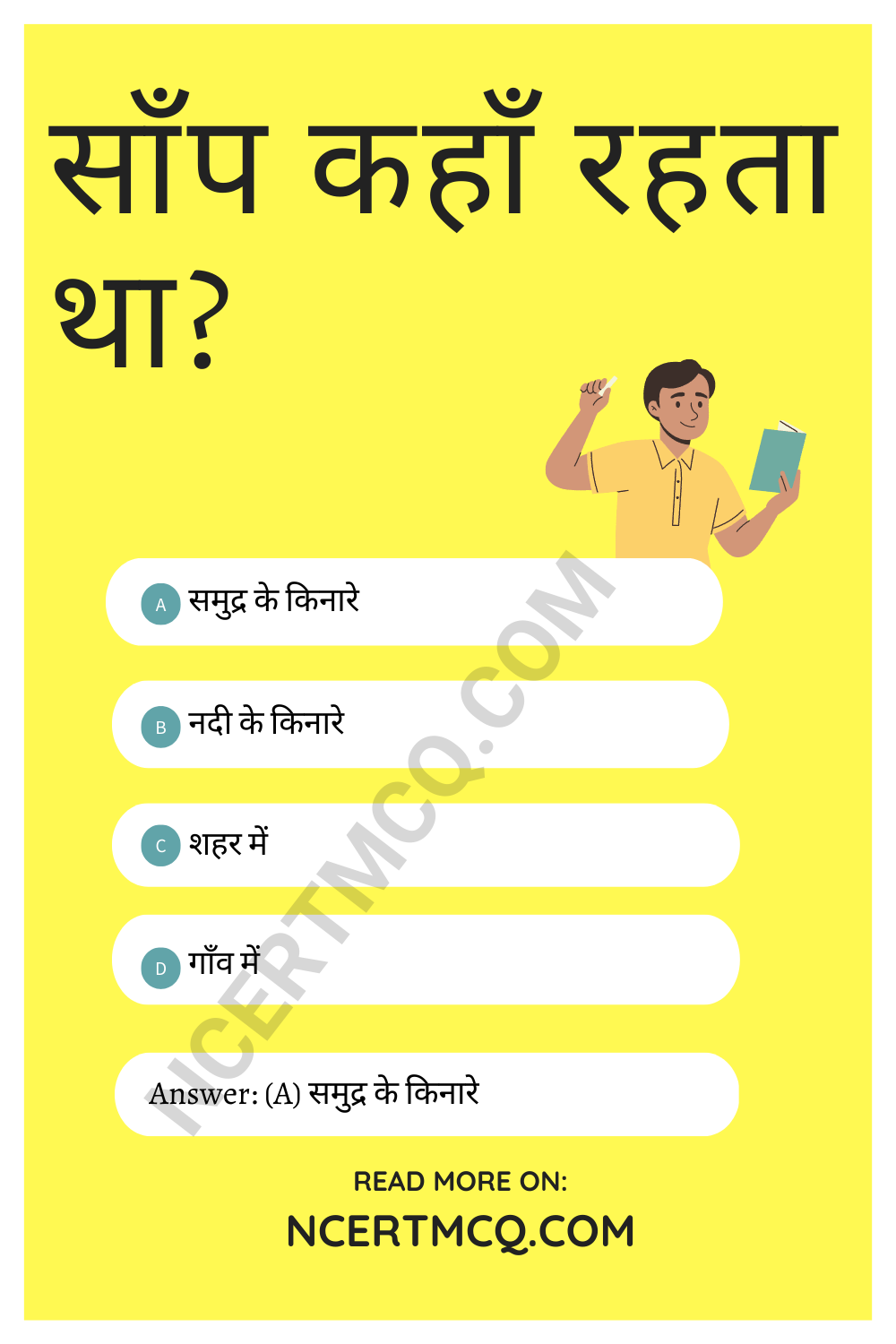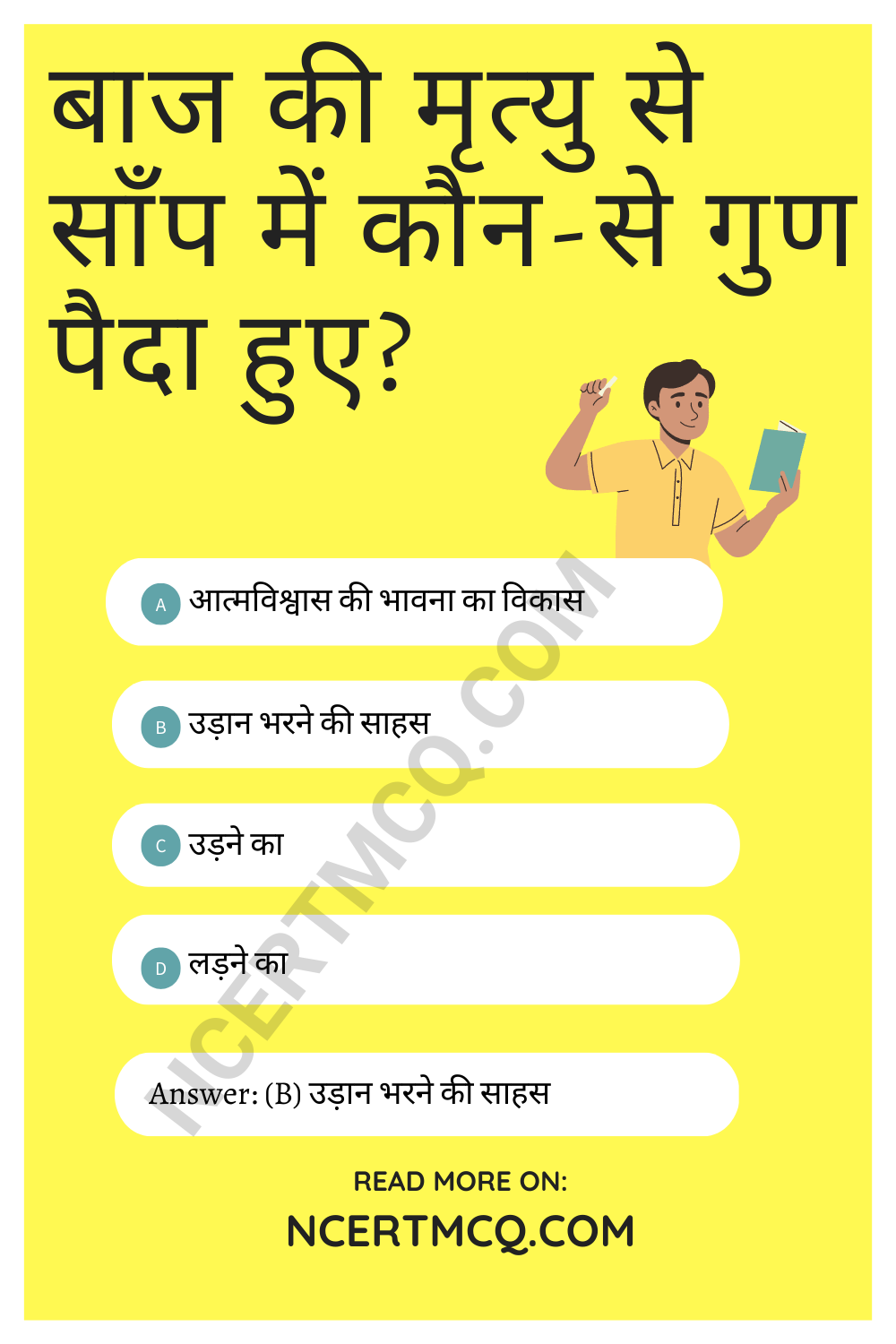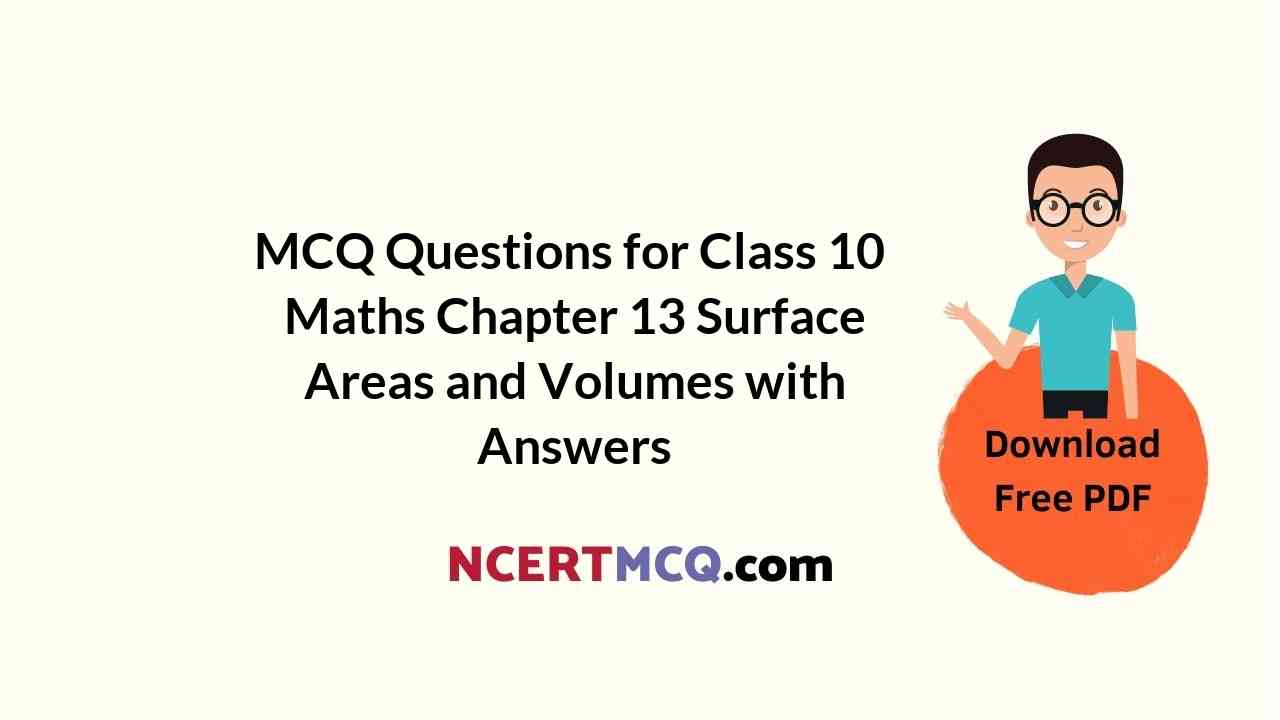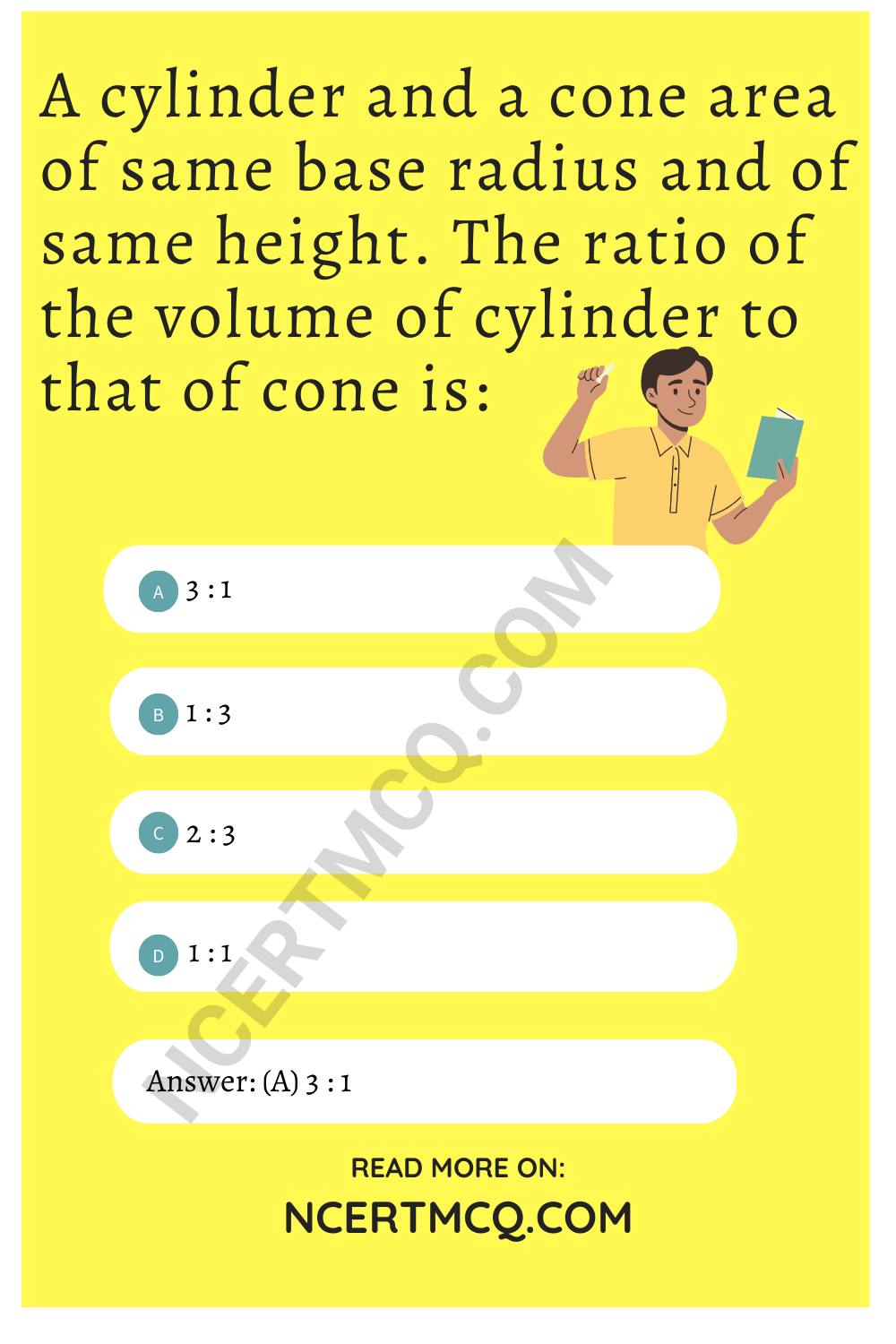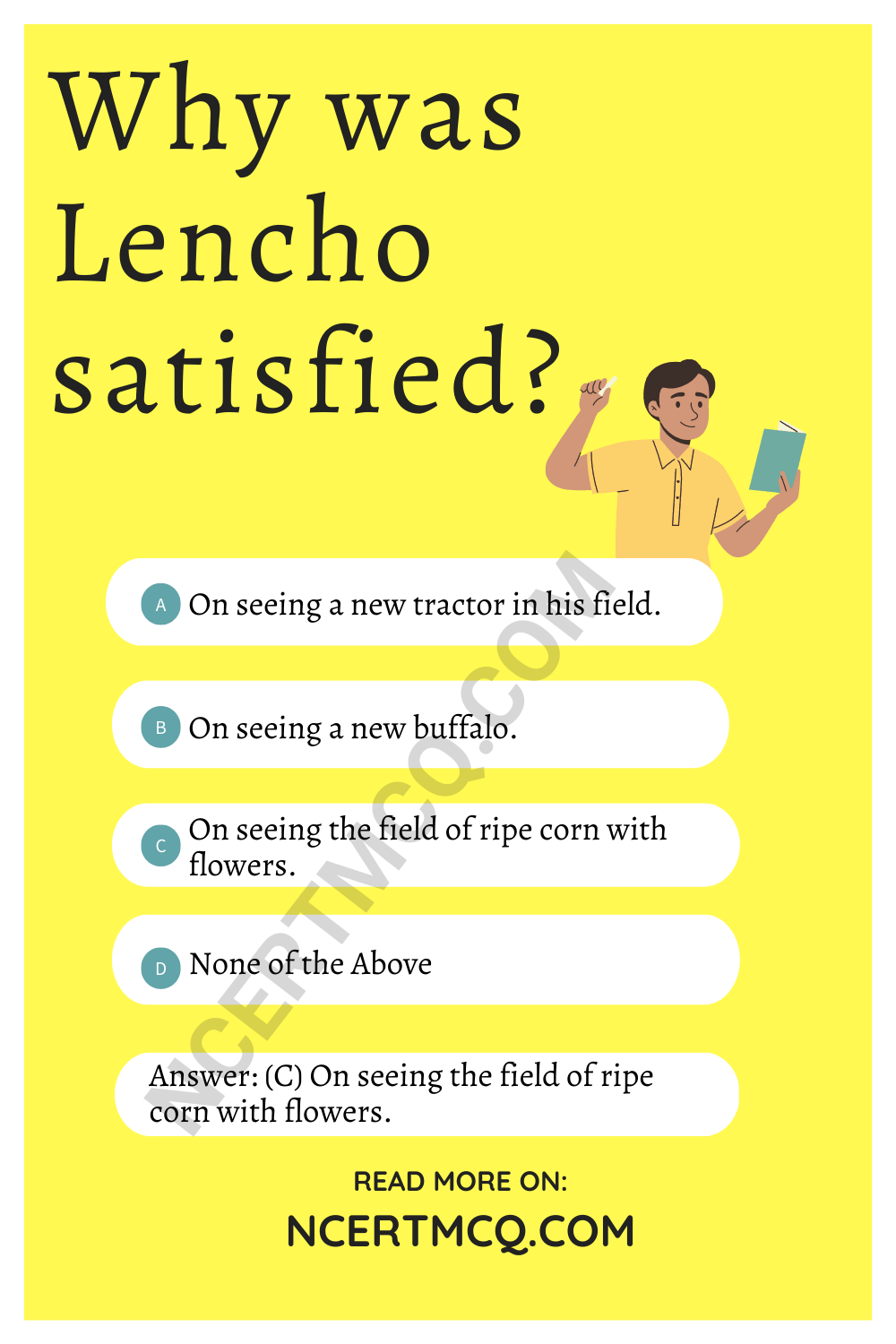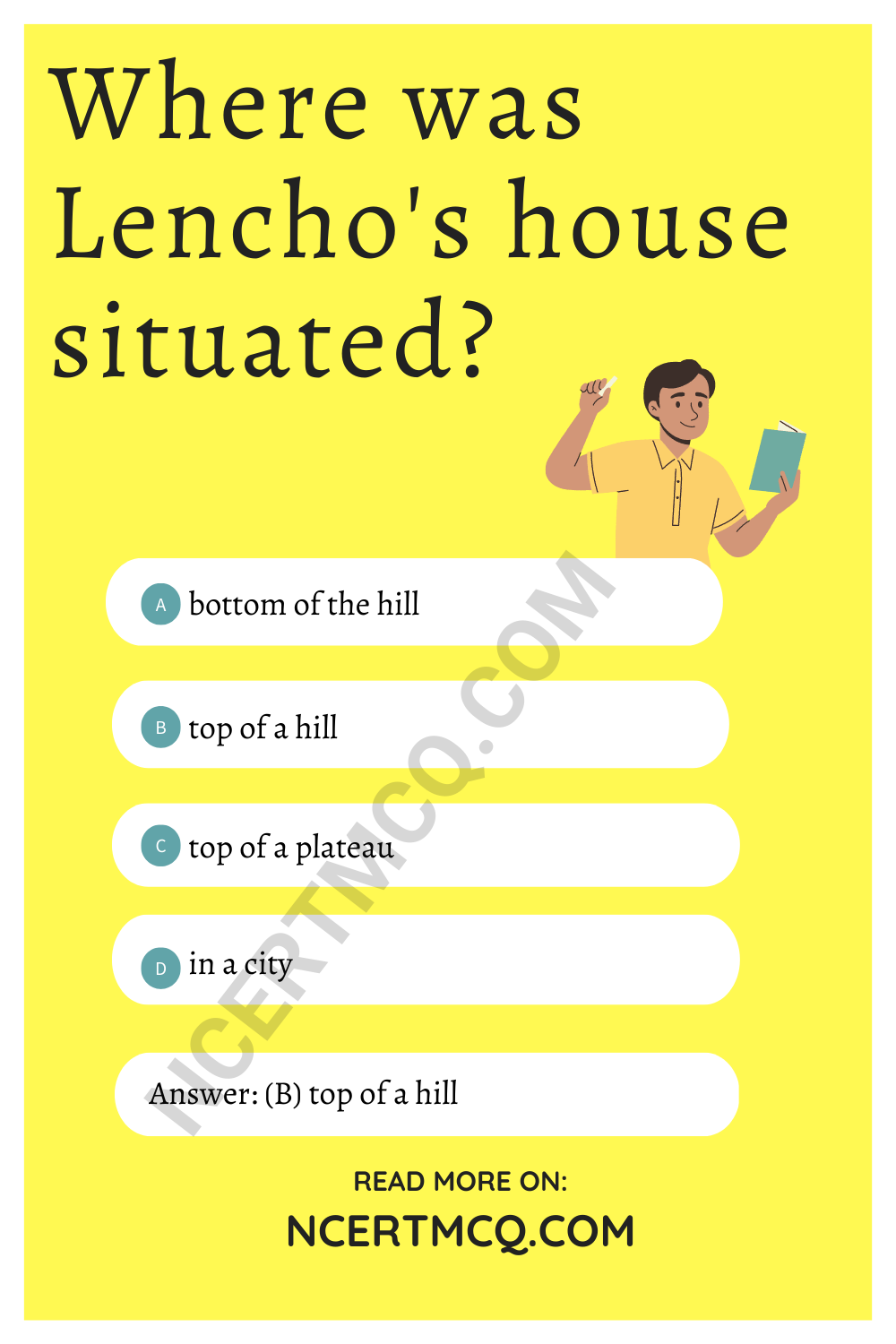Check the below Online Education NCERT MCQ Questions for Class 7 Hindi Vasant Chapter 13 एक तिनका with Answers Pdf free download. MCQ Questions for Class 7 Hindi with Answers were prepared based on the latest exam pattern. We have provided एक तिनका Class 7 Hindi MCQs Questions with Answers to help students understand the concept very well. https://ncertmcq.com/mcq-questions-for-class-7-hindi-with-answers/
Students can also read NCERT Solutions for Class 7 Hindi Chapter 13 Questions and Answers at LearnInsta. Here all questions are solved with a detailed explanation, It will help to score more marks in your examinations.
एक तिनका Class 7 MCQs Questions with Answers
Ek Tinka Class 7 MCQ Question 1.
तिनका कहाँ से उड़कर आया था?
(a) पास से
(b) पैरों के तले से
(c) छत से
(d) बहुत दूर से
Answer
Answer: (d) बहुत दूर से
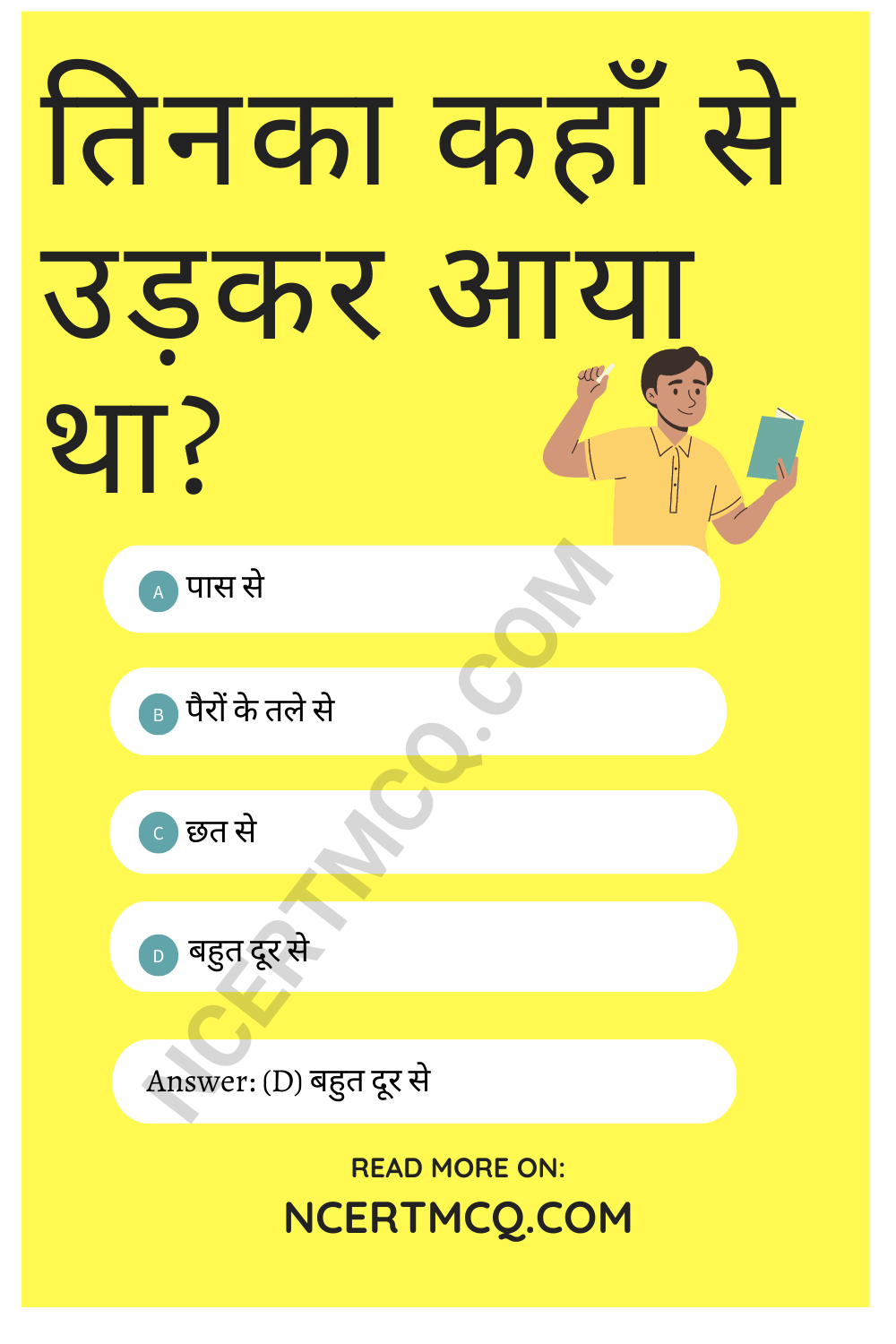
Class 7 Hindi Chapter 13 MCQ Question 2.
तिनका कहाँ आ गिरा?
(a) कवि के सिर पर
(b) कवि की नाक में
(c) कवि की आँख में
(d) कवि के पैर पर
Answer
Answer: (c) कवि की आँख में
MCQ Questions For Class 7 Hindi Chapter 13 Question 3.
आँख में तिनका जाने पर क्या हुआ?
(a) आँख दुखने लगी
(b) आँख लाल हो गई
(c) वह दर्द से परेशान हो गया
(d) उपर्युक्त सभी
Answer
Answer: (d) उपर्युक्त सभी
Ek Tinka MCQ Chapter 13 Class 7 Question 4.
कवि पर किसने व्यंग्य किया?
(a) अक्ल ने
(b) सहपाठियों ने
(c) पड़ोसियों ने
(d) घमंड ने
Answer
Answer: (a) अक्ल ने
(1)
जब किसी ढब से निकल तिनका गया,
तब ‘समझ’ ने यों मुझे ताने दिए।
ऐंठता तू किसलिए इतना रहा,
एक तिनका है बहुत तेरे लिए।
एक तिनका MCQ Chapter 13 Class 7 Question 1.
इस कविता के रचयिता कौन हैं?
(a) अयोध्या सिंह उपाध्याय ‘हरिऔध’
(b) कबीर
(c) मैथिलीशरण गुप्त
(d) रहीम
Answer
Answer: (a) अयोध्या सिंह उपाध्याय ‘हरिऔध’
Class 7 Hindi Ch 13 MCQ Question 2.
कवि कहाँ खड़ा था?
(a) सड़क पर
(b) बगीचे में
(c) घर के अंदर
(d) छत के किनारे
Answer
Answer: (d) छत के किनारे
Ncert Class 7 Hindi Chapter 13 MCQ Question 3.
ढब शब्द कैसा है?
(a) तत्सम
(b) तद्भव
(c) देशज
(d) विदेशी
Answer
Answer: (c) देशज
Class 7 Hindi Ek Tinka MCQ Question 4.
कवि कैसे खड़ा था?
(a) खुशी से
(b) घमंड से चूर
(c) उदास होकर
(d) बेपरवाह
Answer
Answer: (b) घमंड से चूर
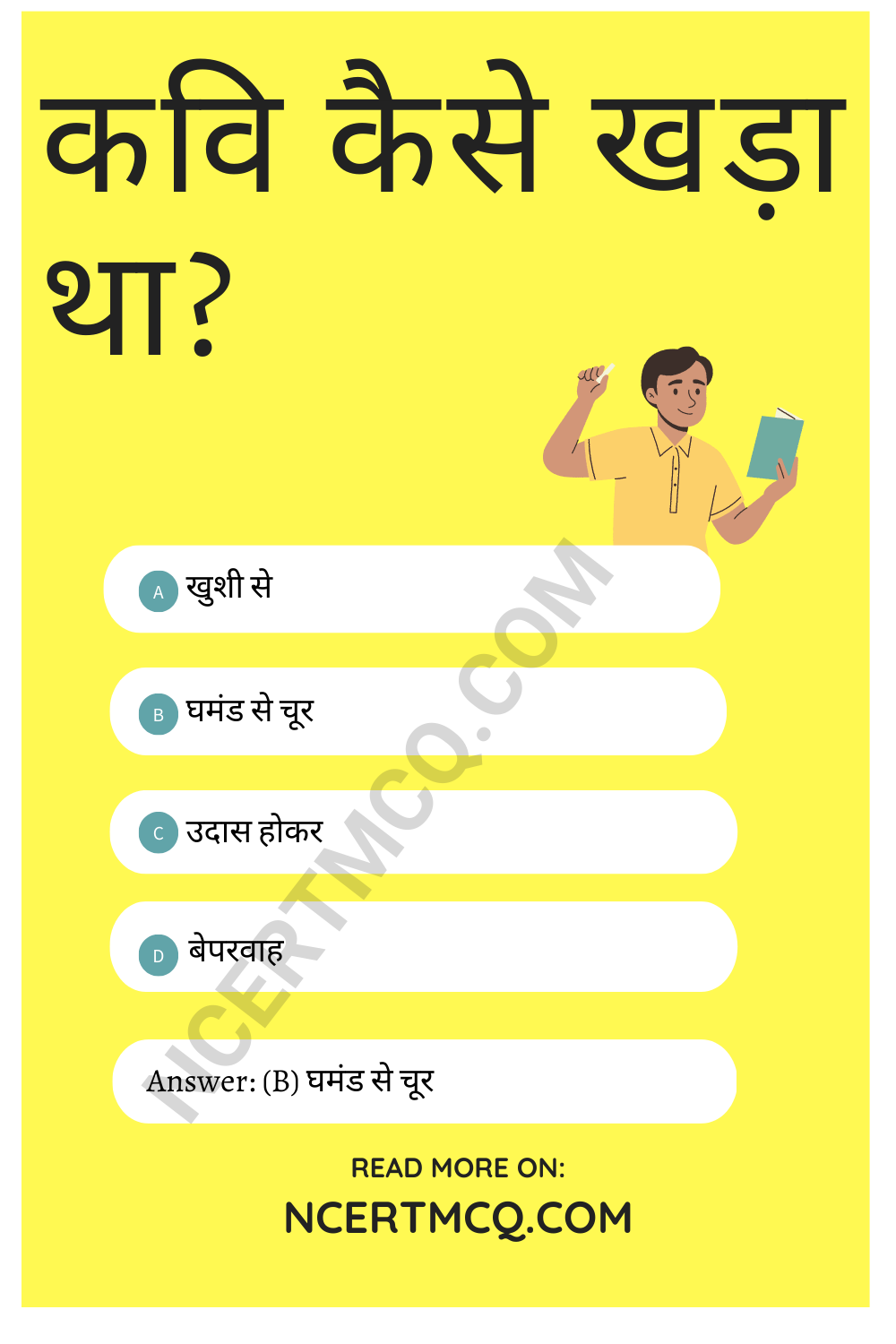
(2)
मैं घमंडों में भरा ऐंठा हुआ,
एक दिन जब था मुंडेरे पर खड़ा।
आ अचानक दूर से उड़ता हुआ,
एक तिनका आँख में मेरी पड़ा।
Ek Tinka Class 7 Extra Questions Question 1.
कवि कहाँ, किस मनः स्थिति में खड़ा था?
Answer
Answer: कवि घमंड से भरा हुआ एक दिन छत की मुँडेर पर खड़ा था।
Class 7th Hindi Chapter 13 MCQ Question 2.
अचानक क्या हुआ?
Answer
Answer: अचानक एक तिनका उड़कर कवि के आँख में चला गया।
Ek Tinka MCQ Questions Question 3.
अचानक कौन-सी घटना ने उनके घमंड को तोड़कर रखा दिया?
Answer
Answer: अचानक एक तिनका कवि की आँख में पड़ा और वह बेचैन हो गया।
Hindi Class 7 Chapter 13 MCQ Question 4.
कवि मन ही मन अपने बारे में क्या सोचता था?
Answer
Answer: इस घटना ने उसके घमंड को तोड़कर रख दिया।
Ch 13 Hindi Class 7 MCQ Question 5.
‘आँख’ शब्द के दो पर्यायवाची लिखिए।
Answer
Answer: आँख-चक्षु, नेत्र, लोचन, नयन
(3)
मैं झिझक उठा, हुआ बेचैन सा,
लाल होकर आँख भी दुखने लगी।
मूँठ देने लोग कपड़े की लगे,
ऐंठ बेचारी दबे पाँवों भगी।
Question 1.
कवि एवं कविता का नाम लिखिए।
Answer
Answer: कवि-अयोध्या सिंह उपाध्याय ‘हरिऔध’ कविता का नाम – एक तिनका।
Question 2.
कवि क्यों झिझक गया?
Answer
Answer: कवि को झिझक तब हुआ जब उसे बेचैनी पर शर्म आने लगी।
Question 3.
कवि की आँखें क्यों लाल हो गईं ?
Answer
Answer: एक तिनके के पड़ जाने से कवि की आँख लाल हो गई थी और उसमें पीड़ा हो रही थी।
Question 4.
लोगों ने तिनका निकालने के लिए क्या प्रयास किया?
Answer
Answer: कवि की आँख में पड़ा तिनका निकालने के लिए लोगों ने कपड़े की नोंक से प्रयास किया।
Question 5.
‘ऐंठ बेचारी दबे पाँव भागी’ शब्दों का अर्थ क्या है?
Answer
Answer: ‘ऐंठ बेचारी दबे पाँव भागी’ शब्दों का अभिप्राय है, घमंड चूर होना।
(4)
जब किसी ढब से निकल तिनका गया,
तब ‘समझ’ ने यों मुझे ताने दिए।
ऐंठता तू किसलिए इतना रहा,
एक तिनका है बहुत तेरे लिए।
Question 1.
कवि के आँख में पड़ा तिनका कैसे निकला?
Answer
Answer: कवि के आँख में पड़ा तिनका लोगों ने कपड़े की नोंक से निकाला।
Question 2.
कवि को क्या बात समझ में आ गई ?
Answer
Answer: कवि को यह बात समझ में आ गई कि आदमी को परेशान करने के लिए एक तिनका ही काफ़ी है। अतः उसे किसी बात का घमंड नहीं करना चाहिए।
Question 3.
कवि को किसने ताने दिए?
Answer
Answer: कवि को उनकी अपनी बुद्धि ने ताने दिए। यानी एक प्रकार से बुद्धि ने उनके ऊपर व्यंग्य किय।
Question 4.
कवि अपने आप से क्या प्रश्न करता है?
Answer
Answer: कवि अपने आप से प्रश्न करता है कि आखिर उसे किस बात पर घमंड था। उसके घमंड को चूर करने के लिए तो एक तिनका ही काफ़ी है।
Question 5.
ढब शब्द का क्या अर्थ होता है?
Answer
Answer: ढब शब्द का अर्थ है- ‘उपाय’ तरीका, विधि।
We hope the given NCERT MCQ Questions for Class 7 Hindi Vasant Chapter 13 एक तिनका with Answers Pdf free download will help you. If you have any queries regarding CBSE Class 7 Hindi एक तिनका MCQs Multiple Choice Questions with Answers, drop a comment below and we will get back to you soon.
